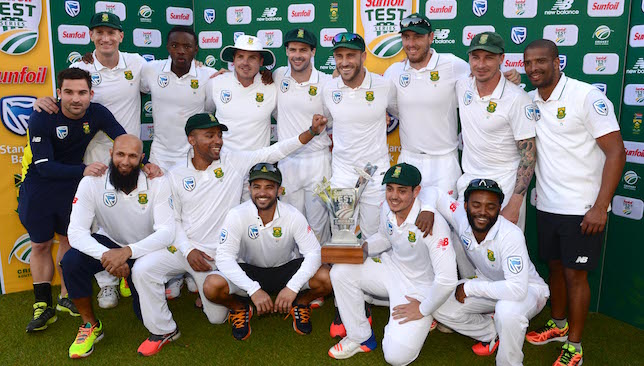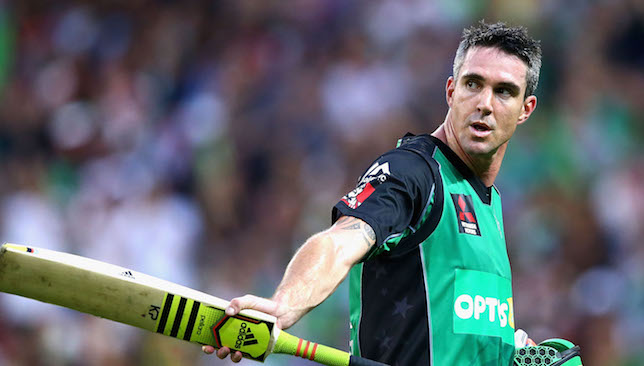
Cricket in South Africa has taken a new path and it is not a particularly endearing one. The country’s cricket board has formally adopted a racial quota policy whereby any national team will have at least six players of colour on an average over a season.
This has been done to meet ‘transformation guidelines’ set by the country’s sports minister who in April said national federations failing to have the desired number of coloured players in the team will be ineligible to bid for any international event.
While Cricket South Africa president Chris Nenzani said the new move has got nothing to do with the government’s order, it is clear why it has been done.
South Africa is a major destination when it comes to hosting international cricket events and the national board cannot afford to be debarred by its own government.
While this is a socio-political decision, it has very real ramifications on the cricket field. Firstly, what the decision does is deny the coach and captain the freedom of selecting the best playing XI.
Getting a top class bunch of professional players is hard enough, especially in cricket where players are forever tempted to ditch one of the formats or even their national team for lucrative T20 leagues. And if you are asked to leave a few players out regularly for non-cricketing reasons forever and with no sporting benefit at the end of it, it can be a nightmare for the captain.
I have no doubt in my mind that AB de Villiers had grown disillusioned, as captain over the past season, with the way the game was developing in his country.

Exile: Pietersen left South Africa for England.
In his autobiography, de Villiers reveals that on the evening before the 2015 World Cup semi-final against New Zealand, he received a phone call from an administrator to include a barely fit Vernon Philander in place of Kyle Abbott. The South Africans lost the match with just one ball to spare.
Though de Villiers doesn’t blame Philander for the defeat in his autobiography, his demeanour over the past season shows it is getting too much for him.
Then, we have the quality of the side. According to the new system, a team’s racial profile will be assessed over a season. So if in some matches the management picks six or even seven white players, they can make up for it later in the year.
As has been pointed out by some critics, this will allow the team management to pick the team they want for crucial matches and compensate for it against ‘easier’ opposition.
Most importantly, cricket ceases to be a fair sport.
Athletes put their heart and soul into becoming professionals and if they are told that they will have to make way even if they are performing, then there will be resentment. Let’s not forget what drove Kevin Pietersen to England’s shores.
The Pietermaritzburg-born batsman quit Protea cricket as he felt the quota system was restricting his chances at KwaZulu Natal. The quota system has been in place at the domestic level for many years. Now that it has reached the highest level, I can only wonder how many more Pietersens will leave South Africa.
A cricketer can handle tough conditions, vicious bowling and attacking batsmen. But a quota system is beyond imagination.
A self-imposed restriction on team composition might appease a section of the society, if at all, but there is no way South African cricket can prosper under this system.
No good can ever come from keeping a deserving player out of the team.
The Indian cricket board is not known to follow popular sentiment when it comes to crucial cricketing decisions. Earlier, the board had opposed the umpire Decision Review System with all its might despite the complete support of all other nations.
And now, it’s the proposed two-tier system in Test cricket which BCCI chief Anurag Thakur has said it will oppose.
West Indies is crying out loud for a two-tier system in Test cricket...No contest is the biggest bane of Test cricket!
— Aakash Chopra (@cricketaakash) December 11, 2015
The two-tier system will have seven teams in the top section and five in the bottom with leading Associate teams like Afghanistan and Ireland joining regular Test sides in the second division. This proposal enjoys the support of the Australian, English, South African and New Zealand boards but the BCCI is having none of it.
“This system may be good for the top five countries, but apart from that, everyone else will suffer. On the one hand, we say we need to support teams like West Indies, Bangladesh and Zimbabwe, while on the other we will cut their legs,” Thakur was quoted as saying.
There is no doubt Test cricket needs something new, be it day/night matches or a relegation system. But the Indian board is averse to the two-tier idea.
Their reservations regarding the review system ultimately proved to have some justification with many teams and even commentators admitting the system is nowhere near fool-proof.
Let’s see if the BCCI is correct this time as well.